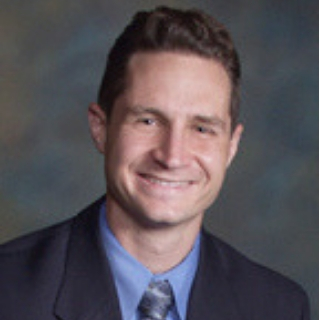8 Ways to Make the Most of Your ENT EMR Software
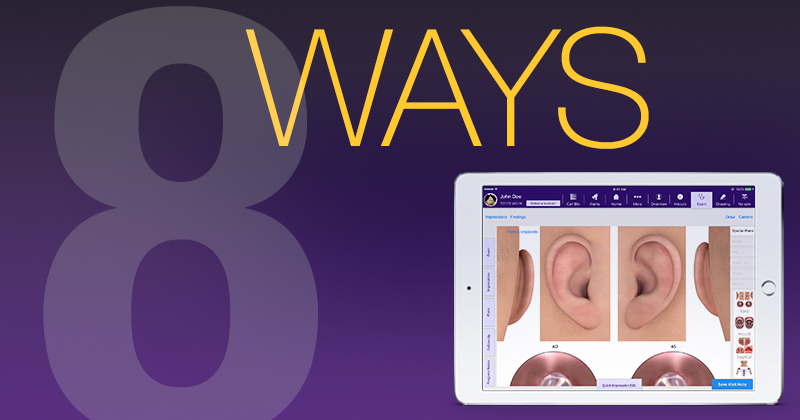
Tips from Dr. Lehman on how to help maximize the benefits of your new otolaryngology EMR.
You made the investment in new ENT EMR software, so what’s next? Maximizing the benefits of your new technology. But how? With all the resources that go into selecting an ENT EMR system, you’ll want to spend the same, if not more, effort to work towards maximizing your new technology’s capabilities. During this process, you’ll need patience, take a lot of deep breaths, and may even need to remind yourself why you made this sound decision.
From my experiences as a practicing otolaryngologist and working as the senior medical director of otolaryngology for Modernizing Medicine, I’ve come away with some key lessons learned to make the most of your soon-to-be new favorite office “employee,” your ENT EMR system.
1. Be open minded and accepting of change.
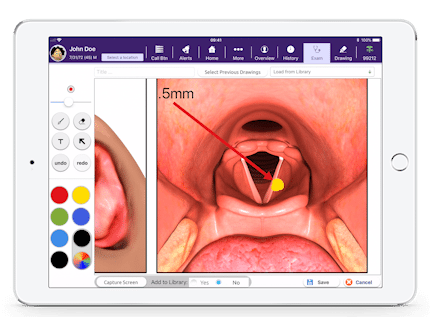
Change can be good, especially now that you have opted for new ENT EMR software that can help your practice not only today, but in the future as well. You and your staff need to embrace this decision and become comfortable with being uncomfortable for a bit. Keep the lines of communication open, acknowledge the change, and ask for input from staff who will most closely utilize the new ENT EMR. It may take time to adapt and learn how to focus your workflow around your new technology, as you’ll essentially have the same tasks to complete, just in a slightly different manner.
For instance our ENT EMR system, EMA™, allows users to draw anatomic findings on an iPad, rather than on paper that requires scanning. There’s an adjustment period, but you’ll eventually get to the point where you don’t even remember a time before you transitioned to your new software.
2. Identify EHR super users.
Make sure both you and your staff invest the time to learn new features and software updates. You will most likely easily identify your “super users” who will be champions of change, helping current and future staff members get up to speed, and they may even function as the main point of contact with your vendor.
Oftentimes you will find yourself with two super users, one on the business and administrative side of the practice, and the other to focus on the clinical aspect, usually a physician, PA, or ARNP. During staff meetings these super users can help bring the rest of the staff up to speed on software updates or tips on how to better document a visit. They will function as the go to “experts” at your office.
3. Continue to do your homework.
Just because you graduated from medical school awhile ago, you don’t stop learning. When it comes to your new otolaryngology EMR, you should complete the lessons your vendor’s implementation and training team suggest. When you have a full patient load for the day, that’s not the ideal time to work through any hesitations you may have with the software, and you will have wished you walked through mock scenarios first. After the initial implementation and training period ends, you should set aside time and effort to continue to practice utilizing all the features. Soon, using the ENT software will become second nature.
4. Take advantage of resources at hand.
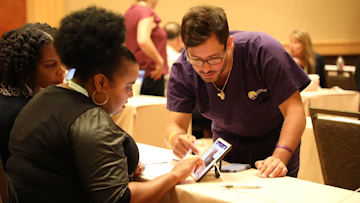 Oftentimes a vendor will have an online knowledge base where you can readily access a library of helpful resources both from the company as well as from others utilizing the same software. Encourage staff to use this resource to their advantage, especially when they have a question or want to see how to better document a specific procedure. Also, it may be beneficial for you and key staff members to opt in to receive emails and other electronic notifications so you find out firsthand about upcoming webinars, software updates or any other important communications.
Oftentimes a vendor will have an online knowledge base where you can readily access a library of helpful resources both from the company as well as from others utilizing the same software. Encourage staff to use this resource to their advantage, especially when they have a question or want to see how to better document a specific procedure. Also, it may be beneficial for you and key staff members to opt in to receive emails and other electronic notifications so you find out firsthand about upcoming webinars, software updates or any other important communications.
If the company hosts a users conference, I would strongly encourage you to attend and send key staff members. In addition to sessions with the company’s trained staff, you’ll have the chance to meet with other users in person and exchange tips and tricks and schedule one-on-one, in person support sessions, too. Attending users conferences turn out to be a small investment with a big return.
5. Ask for help when you need to.
Admitting you need help and reaching out is part of the learning process. In addition to connecting with support via email or over the phone, you may want to setup a refresher training session every so often or when you have some new staff join the practice. Never be ashamed to ask your vendor for help—that’s part of their job and why you selected them in the first place. They should serve as an extension of your team, regardless of how seemingly small or large the issue may be.
6. Continue to focus on your patient.
 You certainly don’t want your new technology to impede your patient interaction, in fact, it should enhance it. If you’ve opted for an ENT EMR built as a native iPad application, you’ll have the ability to face and genuinely interact with your patient, even showing them visuals, versus having your back to them while typing on a computer screen or scribbling down notes. You may even want to consider adding a patient kiosk that integrates with your EMR system so patients can update and fill out medical information and consents ahead of time. This helps increase patient engagement and encourages them to become more invested in their healthcare.
You certainly don’t want your new technology to impede your patient interaction, in fact, it should enhance it. If you’ve opted for an ENT EMR built as a native iPad application, you’ll have the ability to face and genuinely interact with your patient, even showing them visuals, versus having your back to them while typing on a computer screen or scribbling down notes. You may even want to consider adding a patient kiosk that integrates with your EMR system so patients can update and fill out medical information and consents ahead of time. This helps increase patient engagement and encourages them to become more invested in their healthcare.
7. Track metrics that matter.
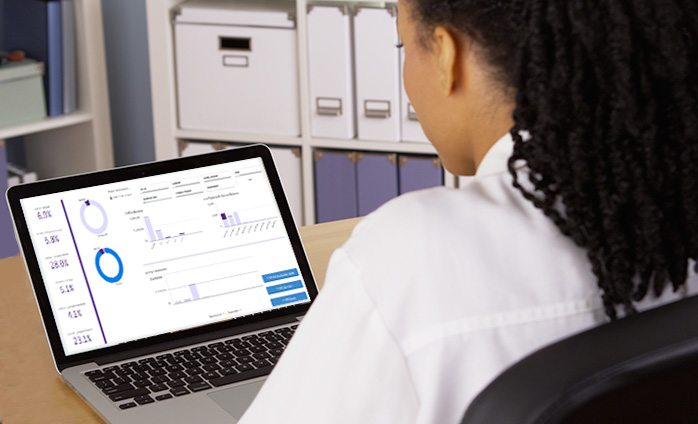 So how do you know if your new ENT EMR is helping improve multiple facets of your practice? Maybe the staff feel like they document faster or can look up patient information more efficiently. If your EMR captures structured data versus free text, you’ll get a better pulse on how you’re improving. Some of the metrics may include:
So how do you know if your new ENT EMR is helping improve multiple facets of your practice? Maybe the staff feel like they document faster or can look up patient information more efficiently. If your EMR captures structured data versus free text, you’ll get a better pulse on how you’re improving. Some of the metrics may include:
- Less time spent documenting exam notes
- Reduction in clicking and typing during patient exams
- Fewer documentation errors
- Fewer calls and faxes to labs or physical therapy offices
- Reduction in manual processes for the office staff
- Increase in patients seen in a day
- Increase in patient satisfaction scores
8. Consider additional ENT software.
Some vendors’ products extend beyond ENT EMR software and may offer an all-in-one solution with practice management, revenue cycle management, patient engagement tools and an analytics platform. Once you are comfortable and start to see the benefits of opting for ENT software, learn more about what other products and services the vendor offers that can integrate with your new EHR. Working with as few vendors as possible can really streamline communication and eliminate wasted time trying to connect with different points of contact.
Be patient. It takes some time, but in the end the benefits you’ll reap from your ENT EMR software will be worth it. If you’ve selected the best EMR for your practice you should start to experience improved efficiencies in your day-to-day workflow and provide a better overall patient experience.
